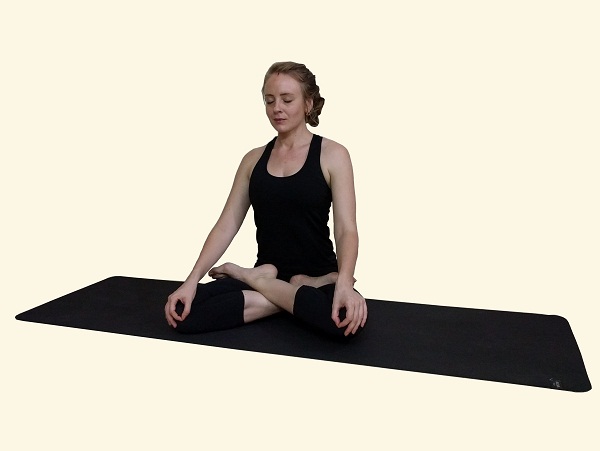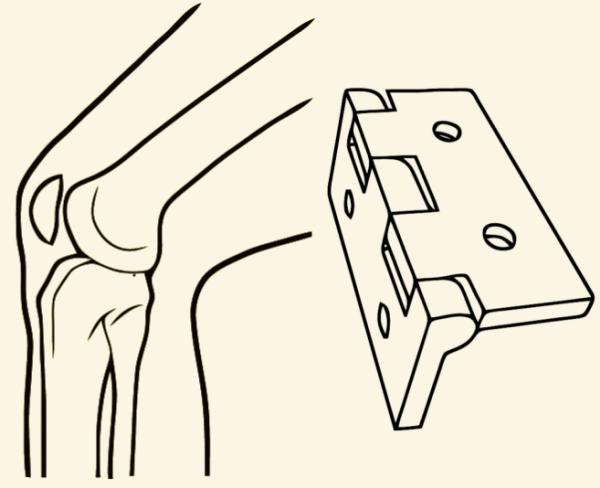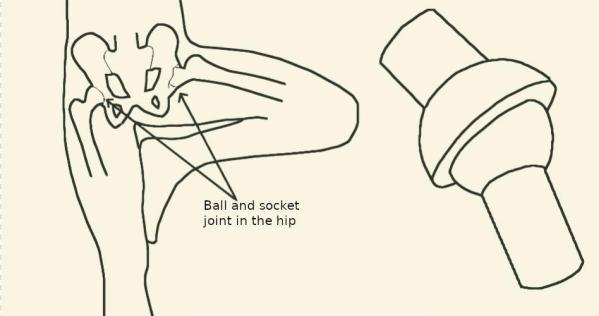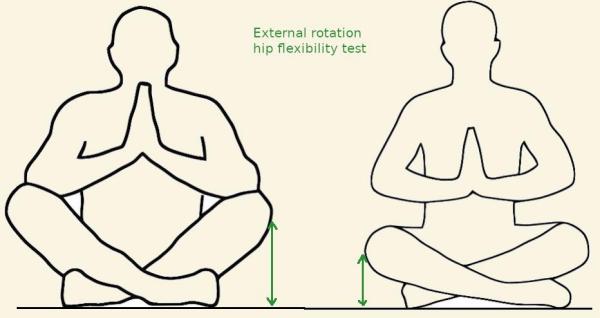Yoga postures, when viewed as tools, are an incredible way to access new movements, reduce chronic pain and understand the many layers of the body through experience. If however, we allow ourselves to become competitive and force ourselves into postures that we are not ready for then injury can arise. Sometimes small injuries can be a lesson to grow from, but really learning about and trying to understand the mechanics of the movement is the most reliable way for you to approach asana safely and get the maximum benefit out of your practice.
Although there are endless resources online, reading up on anatomy may not be what everyone wants to do in their spare time. So in this article, we talk about a few basic functional movements, and this theory can be applied to many different postures and will hopefully give you a better understanding of how to approach a posture through how it should feel rather than how it should look.
Padmasana
Padmasana (lotus pose) is a perfect posture for meditation, as it requires minimum effort to keep the spine straight for an extended period of time. When people spent more time sitting on the floor, their hips were naturally more open, and this wasn’t considered a particularly advanced posture. But now it requires a lot of practice and time to become comfortable in the lotus posture, and if forced too soon it is very easy to get injuries. To keep it safe, practice step by step, and only when you feel comfortable at one level, advance further into the posture. Now let’s look at the two basic joints (there are other types of joints as well but to explain this posture we need only these two) to understand Padmasana better.

Joints to understand in Padmasana
- Synovial Hinge Joint
Like the hinge of a door, this joint can work only in one plane. Examples of this joint are the knee, elbows, and ankle. You can either flex at the knee or elbow joint or extend, if you try to move them beyond the straight position or try to move them sideways at the joint they will break. This understanding of the joint is applied in the martial arts (you might have heard about the arm lock, so the fighters are locking the arms in such a way that is forcing the joint to move beyond their range, and if you don’t tap out you break).

- Synovial Ball and Socket Joint
Have the freest range of motion of any joint in the body, they are the only joints that can move in a full circle and rotate around their axis. Examples are the shoulder joint and the hip joint. They can move in six ways- flex, extend, inwards, sideways, internally rotate, and externally rotate. Just being flexible in the hips in one direction doesn’t mean you are flexible in the rest of the five directions.

After looking at the joints let’s get back to the lotus posture. The three areas where more focus is required to get into Padmasana (lotus posture) safely are ankles, knees, and hips. The ankles and the knees are hinge joints and the hips are ball and socket joints. The external rotation of the hip flexibility plays a major role to get into padmasana safely. To test your hip flexibility in this direction try to sit on the floor in a cross-legged position (sukhasana). The distance of your knee from the ground will determine how flexible you are when your hips are externally rotated. To have an idea look at the two photos below, for the person on the right the external rotation of the hip is way better than the person on the left.

Now if the person on the left (from the above photo) forces his way into padmasana, then the lock created from both the foot will force the knees to move down towards the ground, but because the hips are not flexible all the force will be transferred to the knee which cannot move laterally (it can only flex and extend). This force will be felt by the ligaments and you will start feeling pain there mostly on the inside of the knees (ligament injuries are very hard to heal so do not let competitiveness take over). The same thing is also true for the ankles in padmasana, try to extend the same knowledge of the joints to the ankle.
To prepare for padmasana you can use the following postures:
- Half pigeon pose
- Rock the baby pose
- Thread the needle pose
- Butterfly pose (or baddha konasana)
- Janu sirshasana (put blocks under the knee if you feel any pain)
- Diamond stretch
- Ardha padmasana (half lotus pose, put blocks under the knee if you feel any pain)
The mindset of “No pain, no gain” needs to be modified. Some pains are good and some pains can be bad for the body. With knowledge, awareness, and practice we have to find out which pain is good for us and which is not.